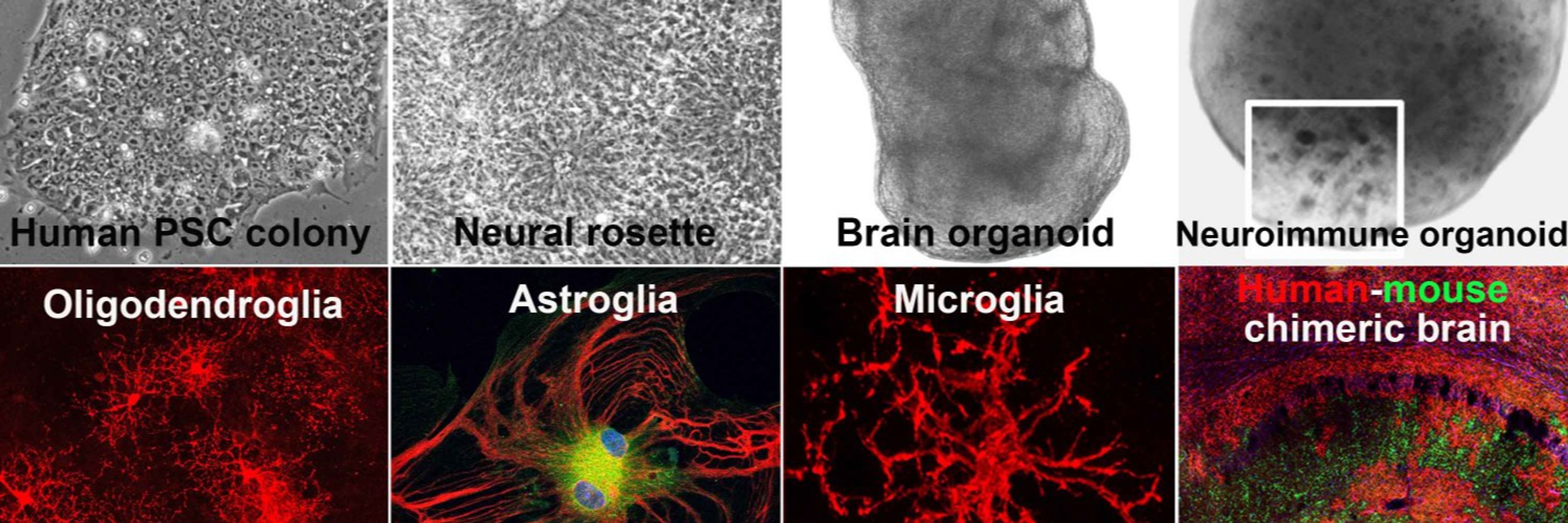
We’re excited about the growing potential of chimeric brain models, and hope this piece sparks new ideas, collaborations, and progress in the field!
We’re excited about the growing potential of chimeric brain models, and hope this piece sparks new ideas, collaborations, and progress in the field!
• Study In vivo reprogramming of glia to neurons
• Combine with single-cell and functional assays to deepen the understanding of the human brain
• Study In vivo reprogramming of glia to neurons
• Combine with single-cell and functional assays to deepen the understanding of the human brain
• Uncover mechanisms of neurodevelopmental (e.g., autism) and neurodegenerative (e.g., Alzheimer’s) disorders
• Uncover mechanisms of neurodevelopmental (e.g., autism) and neurodegenerative (e.g., Alzheimer’s) disorders
How can chimeric brain models unlock the mysteries of human brain development, aging, and disease?
We discussed how these chimeric models can: 👇
How can chimeric brain models unlock the mysteries of human brain development, aging, and disease?
We discussed how these chimeric models can: 👇
Big thanks to the reviewers for their thoughtful and constructive feedback!
Big thanks to the reviewers for their thoughtful and constructive feedback!

We discussed the idea of chimeric models in our 2014 Nat Commun paper 👇

We discussed the idea of chimeric models in our 2014 Nat Commun paper 👇
Back during my postdoc, I often discussed “no brainer” mice (mice lacking cortical structures) with my mentor Dr. Wenbin Deng, which sparked my curiosity about human cell engraftment in the mouse brain.
Back during my postdoc, I often discussed “no brainer” mice (mice lacking cortical structures) with my mentor Dr. Wenbin Deng, which sparked my curiosity about human cell engraftment in the mouse brain.

